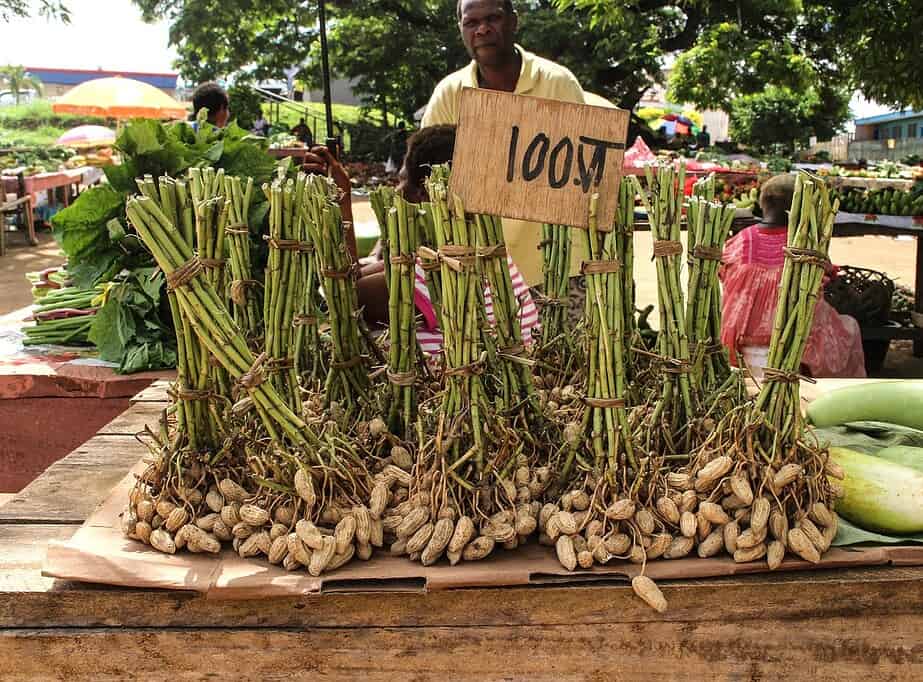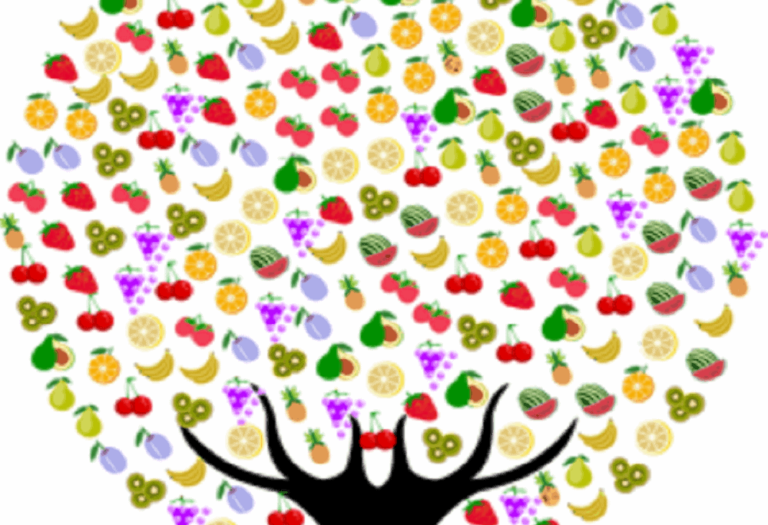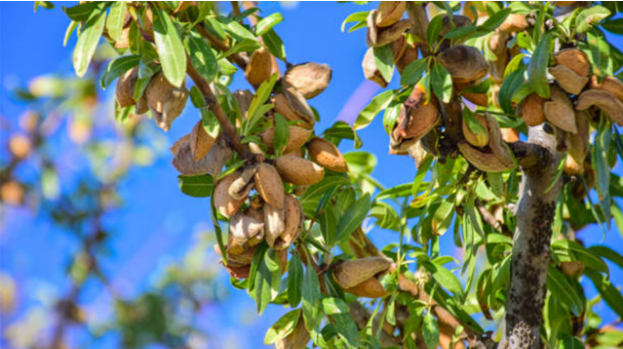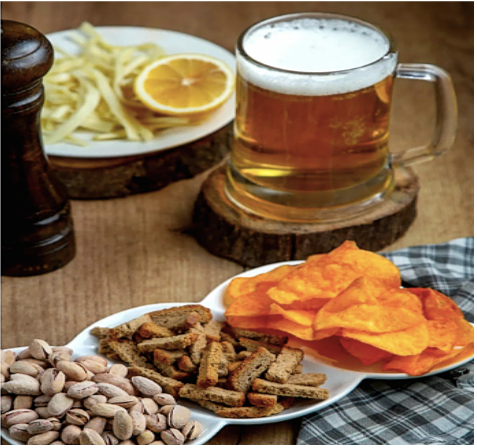Your cart is currently empty!
The United Nations Plan For The Future Of Food And Agriculture
Trends And Challenges 2023 Report From The Food And Agriculture Organization Of The United Nations
The annual report aims to increase understanding of the challenges that agriculture and food systems are facing now. They will continue to face them in the 21st century. ‘Business-as-usual’ is not an option. Major transformations in agricultural systems, rural economies, and natural resource management will will have a need. We can realize the full potential of food and agriculture to ensure a secure and healthy future for all people.
The Global Trend In Governance For Food And Nutrition Security.
Efforts to achieve the Millennium Development Goals enhanced awareness of the crucial role of responsible and effective governance in achieving key development objectives. Adopting the 2030 Agenda For Sustainable Development stresses the importance of governance. Constitutes a new charter for international cooperation and governance, explicitly to build effective, accountable, and inclusive institutions at all levels. For the 2030 Agenda, all countries are integral to following the Addis Ababa Action Agenda on financing for development and the Paris Agreement on climate change.

The 2030 Agenda has the objective of overcoming the divide between ‘developed’ and ‘developing’ countries to propose a new vision. That is addressing inequalities within and among nations. Where conventional wisdom once focused on discrete instruments to address rigidly defined objectives, the new agenda draws attention to the links and dependencies among issues and problems. Where development mainly addresses low-income countries’ needs, sustainable development is a universal and collective challenge for all countries.
Along with this profound conceptual change, there is a striking sense of urgency and ambition in new sustainable development. The aspirations of the Agenda are transformative. It demands eliminating all forms of exclusion and inequality everywhere. Ending poverty, hunger, and malnutrition. Finally, delivering universal access to health care. The United Nations plan seeks a global shift to sustainable consumption and production. The Paris Agreement on climate change committed all nations to take steps to prevent the global temperature from rising 2°C above pre-industrial levels.
America Leaving The Paris Accords
On November 4, 2020, the United States officially left the Paris Agreement. America, at one point, had leadership in forming and instituting climate policy. Those days are past us. Now it is up to the collection of nations to compensate for the loss of America as the climate leader. In food and agriculture, America is the largest producer of nuts, including almonds, walnuts, and hazelnuts. Leaving the Paris Agreement on climate change will affect the food trade balance as agriculture becomes more challenging on a warming planet.
Underpinning the 2030 Agenda are radical new approaches to international cooperation and mutual accountability. It dramatically expands financing for developmenting new paths of granting least-developed countries access. To growth markets, technology, capacity development, and policy support. The 2030 Agenda makes an important departure with its shift toward collaboration with the private sector and other non-state entities.
SDG Governance Framework Is Shaped By These Six Features
First, no country is on a sustainable pathway and can achieve all its goals independently.
The concept of development embraced by the Agenda does not wholly set aside the North-South divide or the social dimensions of development. However, it brings to the fore a dimension of development that is universal in orientation by insisting that all countries need to take steps. Each step within its capabilities and in line with the ambitions of the new framework. Transitioning to meet the new future of food and agriculture with a new development pathways that is more inclusive, equitable, sustainable and climate-responsible.

Second, the global goals and targets are set from the ‘bottom-up.’
The SDGs were developed through a process initiated and controlled by Member States and organized according to the multilateral principle of sovereign equality. At the level of targets, each government is free to set its national targets guided by the global level of ambition. As well as, taking into account national circumstances. National ownership of the new agenda by Member States is the intended objective, and ensuring effective inter-governmental accountability for collective results becomes the critical challenge.
Third, the 2030 Agenda will shift with the global economic slowdown due to COVID-19.
The new agenda does not anticipate renewed growth of public expenditure. The agenda will seek less reliance on national resource mobilization. For the next few years, enhancing cooperation with private entities to provide the material connection to bring the actions needed.
Fourth, a new, expanded vision of ‘policy coherence’ is at the core of the new agenda.
Recognizing development as an inherently complex process is possible only when public and private actors recognize the necessity of considering the mutual dependencies, constraints, and trade-offs of action across sectors. The future of food and agriculture will reject simple solutions that promotes lateral, integrative, and holistic thinking in defining problems. This new vision comes at a price. Policy analysis, governance, and program delivery are far more complex undertakings than those envisaged under the Millennium Development Goals.
To master this complexity, the 2030 Agenda demands more context-sensitive approaches to policy-making. Creating new hybrid forms of governance that each member will share in the roles and responsibilities of public and private entities. Importantly, finding a much greater commitment to cooperation by all development partners. Most importantly, it challenges the UN system and each of its entities to become coherent, flexible, effective, efficient, and user-friendly support in food and agriculture.
Traditionally, the UN system entities have largely been left to decide how to translate the Agenda into practical action. Now, those roles will be set into action. Overall, the failure to develop greater coherence will negatively affect the UN development system.

Fifth, the 2030 Agenda represents a different ‘grand bargain’.
The Millennium Development Goals were often presented as a political ‘grand bargain’ between low-and middle-income countries, on one side, and high-income ‘donor’ count tries. The description of the Millennium Development Goals was as a ‘Partnership for Development’. Definitely, a North-South accord between donors and their beneficiaries. In place of that historic partnership, the 2030 Agenda offers expanded cooperation to provide access to finance and investment, markets and technology, policy support, and capacity development. Specifically, it does so in a new context of partnerships that relies heavily on private entities for defining the future of food and agriculture
Sixth, the 2030 Agenda establishes a different approach and level of commitment to ‘mutual accountability.
Control over development finance is a much weaker source of policy bargaining than in the past. The demand of many low-income countries to have a voice in the policy space recognized. Not only with words but also through the massive expansion of targeting the freedom given to establish their national targets. In place of the finance-centered mechanism of the Millennium Development Goals, the Agenda posits a multilateral mechanism for mutual accountability. Clearly, a new and global framework for reporting on 231 unique indicators; monitoring commitments, policies, and experiences, with analysis and evaluation by specialized intergovernmental bodies; and local, national, regional, and global follow-up and review by political decision-makers at all levels.
The main challenge posed by the 2030 Agenda is thinking beyond the resources it controls.
The Food And Agriculture Organization has answered the call to help governments and institutions cope with the complexity of the new agenda. Breaking down the complicated tasks they have set for themselves into discrete, solvable problems. As a first step, The Food And Agriculture Organization must present a simplified but clear and coherent narrative of its expected contribution to its Member Countries’ achievement of the new goals. Furthermore, the narrative should signal to partners and stakeholders what is the expectation from FAO and in what areas of work.
The Organization may need to draw more deeply on its own experiences and those of others. Asking how it can become a trusted and effective facilitator? The Food And Agriculture Organization is asked to consider balancing its global role in providing data, norms, and standards with its crucial mandate to foster transformational change. Most challenging, the Agenda compels FAO to evaluate its contribution to and collaboration with. These many other actors constitute the United Nations development system, particularly the Rome-based agencies, IFAD and WFP.
Good governance has given way to more pragmatic, problem-driven decision-making.

Beginning in the early 1990s, expert thinking in the international development community was predominantly focused on promoting good governance. This became a political project. At the peak of its popularity, the good governance agenda generally prioritized a handful of commitments. They were improving transparency, broadening participation and ensuring social inclusion in deliberative processes, eliminating corruption, and promoting institutional reform. The to evolve beyond the good governance program lending led to enormous investments in bringing about new financial management and public administration standards. This work was matched by a comprehensive program of the World Bank to develop indicators and implement monitoring systems. Above all, these systems tracked government progress toward meeting these normative and highly formalized criteria of good governance.
The expectation was that, over time, a strong positive correlation would establish progress toward ‘good governance’. Defined by the good governance indicators, and high or improved economic performance. By the mid-2000s, however, it was becoming clear that this expectation would not be met. A key limitation of the good governance agenda was that it was too formal and procedurally oriented. It did not address the complex policy bottlenecks and political conflicts that impede effective governance. At the same time, governments became less willing to invest in programs that offered few tangible benefits. The perception was that these new programs were a diversion from more important development objectives.
The Food And Agriculture Organization Instituting A Pragmatic Agenda
Defining a commitment to iterative, bottom-up, problem-solving, and experimentalist approaches to improved, more effective governance. The Food And Agriculture Organization has made important contributions to this new thinking by fostering innovation in its institutional arrangements, particularly the Committee On World Food Security (CFS) reform. The UN recognizing that the future of food and agriculture will only have debate in this committee is central. Setting the goals of the international and intergovernmental platform for inclusive, multi-stakeholder engagement on food security and nutrition. It has also articulated and demonstrated the value of important conceptional approaches. Overall, including the governance of tenure of land, fisheries, and forests, and the territorial approach to development, which supports multi-sectoral governance in local, municipal, and regional contexts.

Words From The Trends And Challenges Report from the Food And Agriculture Organization Of The United Nations







